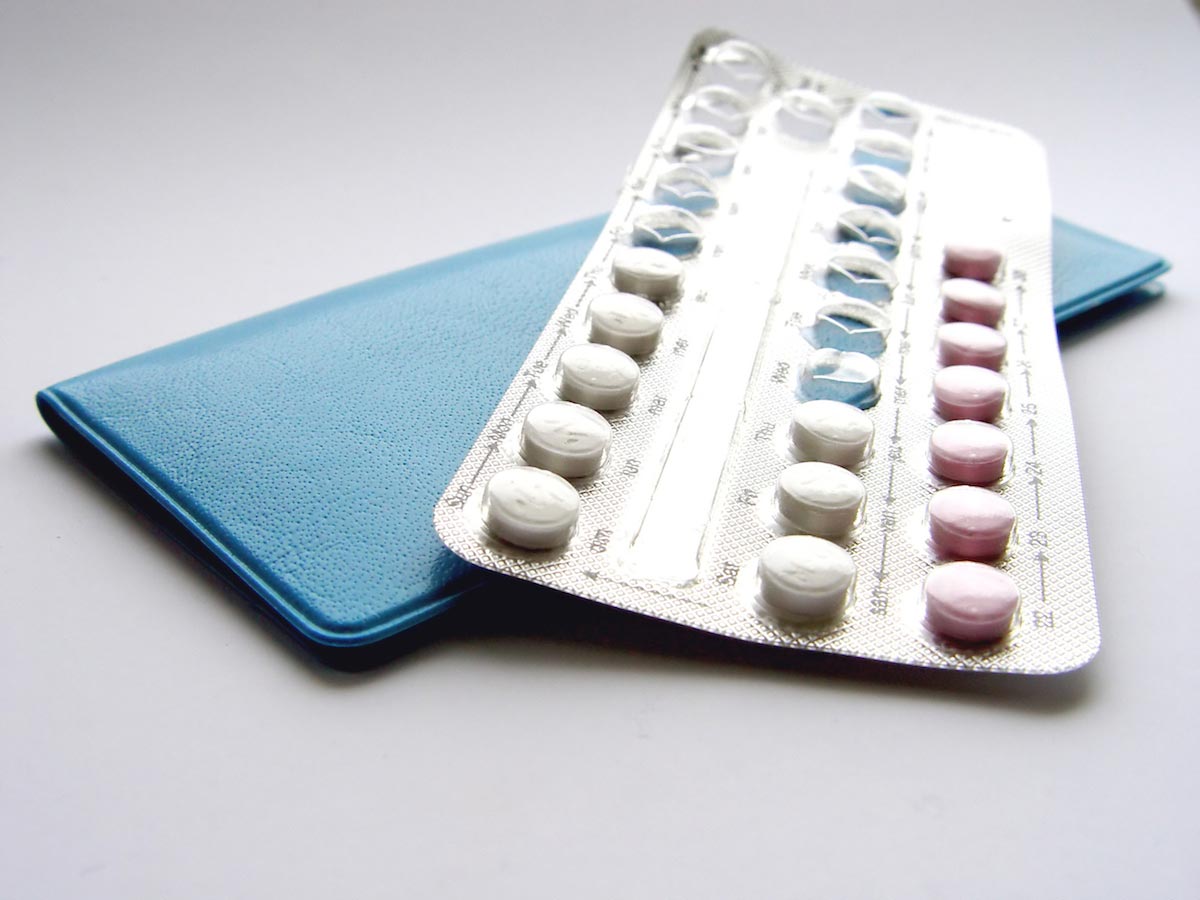Opioid users suffer increased risk of dangerous bacterial infections, according to new study
03/02/2018 / By Michelle Simmons

Another danger of opioid use has been discovered. People who use opioids are at a higher risk of dangerous bacterial infections compared to those who do not use the drugs, according to a study published in the journal Annals of Internal Medicine.
The study was carried out by a team of researchers from the Vanderbilt University Medical Center (VUMC) who examined the possible risk of prescription opioid use for serious bacterial infections called invasive pneumococcal diseases. These serious infections are caused by the bacteria known as Streptococcus pneumoniae, which could result in different illnesses such as meningitis, bacteremia, and invasive pneumonia.
In conducting the study, the research team used data from the Tennessee Medicaid in order to determine the daily prescription opioid exposure of every individual who took part in the study. In addition, the team put this information together with the data from Active Bacterial Core (ABC) surveillance system, which is a VUMC laboratory and population-based surveillance system carried out together with the Tennessee Department of Health and the Centers for Disease Control and Prevention (CDC) to keep track of invasive infectious diseases in Tennessee.
“A unique feature of the study is the use of laboratory-confirmed infections as study outcomes. The sources of data allowed us to reconstruct and compare the history of opioid exposures in those subjects with and without invasive pneumococcal diseases,” said Carlos Grijalva, associate professor of Health Policy and senior author of the study.
The findings of the study showed that people who used opioids had a 1.63 times higher risk of invasive pneumococcal diseases. In addition, those who used opioids at high doses, those identified as high potency and long-acting, had the greatest risk for these bacterial infections. Furthermore, the researchers found that opioids that were reported as immunosuppressive before in earlier experimental studies carried out in animals had the most powerful association with invasive pneumococcal diseases in humans.
“Previous studies conducted in animal models had demonstrated that certain opioids can cause immunosuppression and render experimental animals susceptible to infections. However, the clinical implications of those observations in humans were unclear” said Grijalva.
Natural alternatives for opioids
Opioids are a class of drugs that are used for relieving pain. These include the illegal drug heroin, synthetic opioids such as fentanyl, and pain relievers available legally by prescription. These drugs are chemically related and interact with opioid receptors on nerve cells in the body and brain. In order to avoid the risks of opioid use, here are some natural pain relievers.
- Willow bark – For centuries, willow bark was used to ease inflammation, which is the cause of most aches and pains. The bark of the white willow plant has salicin, which is the same as the primary ingredient in aspirin. Willow bark can help ease discomfort from headaches, low back pain, and osteoarthritis. This natural pain reliever is sold as a dried herb that can be brewed like tea, and as a liquid or capsule supplement.
- Turmeric – If you are suffering from indigestion, ulcers, stomach upset, psoriasis, or cancer, turmeric can be a good treatment. It contains curcumin, which is an antioxidant compound that helps protect the body from free radical molecules that can damage cells and tissue.
- Cloves – Cloves, whole or ground, are used as spices. As a medicine, cloves can help relieve nausea and treat colds. They may also help ease the pain associated with headaches, arthritic inflammation, and toothaches. Cloves contain eugenol, which is a natural pain reliever that is also used in some over-the-counter pain rubs.
- Acupuncture – Acupuncture is an ancient Chinese medical practice that can help relieve pain by balancing the natural energy pathways of the body. It may ease pain by causing the body to release serotonin, the “feel-good” chemical that relieves pain.
If you’d like to read more news stories and studies on the side effects of opioid use, you may go to DangerousMedicine.news.
Sources include:
Tagged Under: bacteria, bacterial infections, infections, invasive pneumococcal diseases, meningitis, opioid use, Opioids, Pneumonia, Streptococcus pneumoniae




















